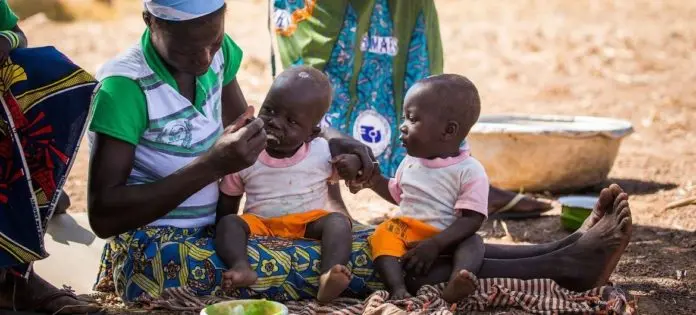- P.O. Box: 11482 Yaoundé, Cameroon; Headquarters: Efoulan, Yaoundé 3
- contact@caessinternational.org

UN projections for 2023 suggest that if no action is taken, the Central and West African region, already facing tense food security and security situations, could record a record number of people suffering from hunger. The UN estimates that nearly 9 million children could lose access to their daily meal.
Indeed, despite the efforts made by the governments of these countries, food insecurity remains an extremely worrying threat for the affected populations. This threat, coupled with the economic crisis these states are undergoing, is regularly discussed at the highest levels. This was once again the case during the 15th Ordinary Session of the Conference of Heads of State of CEMAC held in Yaoundé on March 17. Among other things, this conference evaluated the level of dependence on imports of staple foodstuffs. Resolutions were made to strengthen the economic fabric of this area and significantly increase local production over the next five years to enable a marked reduction in the volume of food imports.
According to a report published by the UN on December 8, 2022, more than 35 million people in West and Central Africa — about 8% of the estimated population — are currently unable to meet their basic food and nutritional needs. Among them, 6.7 million children are in a particularly alarming state, especially in areas plagued by armed conflicts.
Without adequate measures, this threat could have severe consequences in the very short term — mainly for children already experiencing food insecurity. Their number could rise dramatically in the coming months, potentially reaching the hypothetical figure of 9 million. This projection is based on studies identifying numerous aggravating factors. Among these are the persistence of various security and climate pressures impacting the region and forcing millions of people to be constantly displaced.
Despite good prospects for harvests, improved market conditions, and estimated cereal production in these areas, food insecurity and malnutrition persist and spread from the Sahel to coastal states due to security crises, climate shocks, high food prices, the negative economic impact of COVID-19, and the repercussions of the conflict in Ukraine.